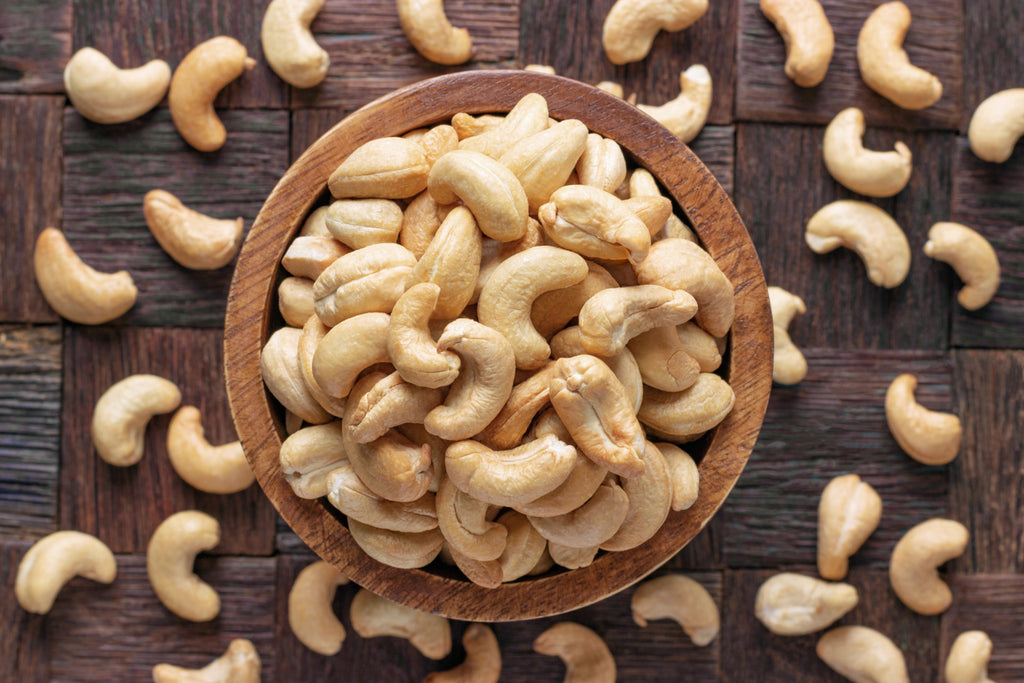# Type at least 1 character to search # Hit enter to search or ESC to close
The Global Cashew Market
Search
-
-
The Role of Food ...
Aug 07, 2025 -
Is Cashew Good Fo...
Jul 29, 2025
Archive
- September 2025
- July 2025
- June 2025
- May 2025

The Global Cashew Market
The global cashew market is a vibrant machine. However, along with every other market, the COVID-19 pandemic and subsequent lockdowns have impacted the industry. Due to the decrease in purchasing power of the average consumer, the demand for cashews went down over the last two years. That’s not to mention the supply chain issues that have been a global problem. Even with all of the market disruption from the COVID-19 pandemic, the demand for cashew nuts has increased as the health benefits become more widely known.
The Growing Market
The Asia-Pacific market has been a large consumer of cashew nuts for a long time and it will continue to grow steadily. However, the newest market is primarily in Europe. As consumers learn about the health benefits of cashews and become more willing to spend money on high-quality food. Health and nutrition are highly important to today’s consumers and cashews are just that. There are also many health foods and snack products that use cashew nuts which increases the European demand significantly.
Largest Importer
India consumes the most cashew nuts in the world at a quarter of all supply but Vietnam is the biggest importer. According to cashew value Vietnam, Ivory Coast, India, Tanzania, and Ganha make up about three-quarters of the cashew exports.
Largest Exporter
Although India consumes the most cashew nuts in the world they are also the largest exporter of cashew nuts. They produce massive quantities in order to be able to consume and export so many. The five largest importers of cashews are India, Vietnam, the United States of America, Germany, and the Netherlands which imported more than two-thirds of globally imported cashews.
The Flow of Cashews Around the World
The flow of cashews from one country to another is fascinating. The statistics show that many of the countries that are the biggest importers are also the biggest exporters which may seem counterintuitive but there are two great explanations. The first is that there are different growing seasons. So, in order to have cashews all year round, countries have to import during their non-growing seasons and they can export their excess during the growing season to other countries that aren’t currently growing. The second is that there are different grades of cashews and a country may have an excess of one grade that they don’t consume at a high rate and a deficit in the one that they do.
The logistics of keeping cashew nuts on the shelf all year round is a masterclass in economics and the supply chain and there are quite a few key players that make up the bulk of consumption and movement across the globe. The market is shifting and rebounding in a post-COVID-19 world and the demand for cashew nuts is growing around the world but increasing more rapidly in European countries due to the health and nutritional benefits. The movement of such large quantities of cashew nuts is a marvel unto itself.
© 2022 WWCashews. All Rights Reserved | 1-888-404-0472 | info@wwcashews.com





Leave a comment